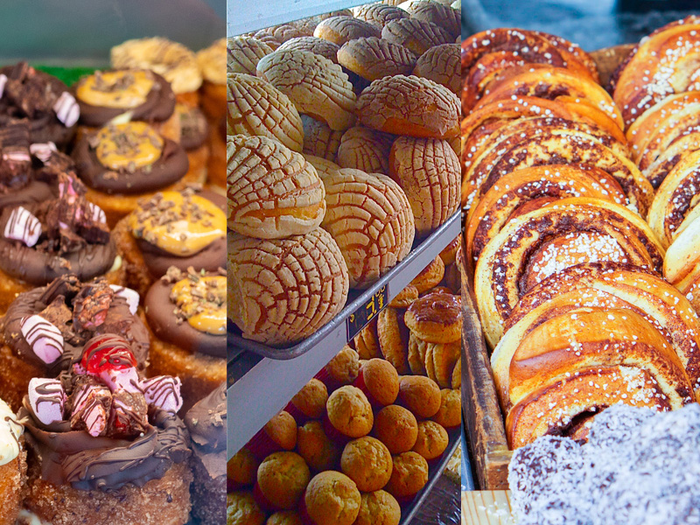French and Italian pastries are both known for their exquisite taste and delicate textures, but have their own unique histories, ingredients, and flavors. French pastries have a long history dating back to the 16th century and developed during the 17th and 18th centuries. They’re known for their use of almond flour, giving them a unique nutty flavor, and light, delicate flavors. Italian pastries, on the other hand, are often richer and heavier, made with nuts, chocolate, and creamy fillings. They have a rustic presentation and stronger emphasis on the use of cheese and cream. Ultimately, the decision of which is better comes down to personal taste.
French vs. Italian Pastries: Battle of the Baked Goods
Introduction
When it comes to baked goods, there are few things that can compare to the delight of a freshly baked croissant or a decadent tiramisu. French and Italian pastries are both known for their exquisite taste and delicate textures, but which reigns supreme in the world of baked goods? In this article, we will compare and contrast French and Italian pastries, exploring everything from their history and ingredients to their presentation and taste.
History and Origins
French Pastries
French pastries have a rich history that dates back to the 16th century. Many of the classic French pastries that we know and love today were created during the 17th and 18th centuries, including the croissant, macaron, and éclair. French pastries were often served in the courts of the French kings and were considered a symbol of luxury and elegance.
Italian Pastries
Like French pastries, Italian pastries also have a long history that dates back to ancient Rome. Many of the classic Italian pastries that we know today, such as cannoli and tiramisu, were created during the Renaissance. Italian pastries are often known for their use of almonds and other nuts, as well as their rich, creamy fillings.
Ingredients
French Pastries
French pastries often make use of butter, eggs, and flour, creating delicate, flaky layers that melt in your mouth. Many French pastries also make use of almond flour, giving them a unique nutty flavor. French pastries are known for their use of high-quality, natural ingredients, which are carefully selected to create a perfect balance of flavors.
Italian Pastries
Italian pastries often make use of nuts, chocolate, and creamy fillings. Italian pastries are often richer and heavier than French pastries, with a strong emphasis on the use of cheese and cream. Italian pastries are also known for their use of liqueurs, such as rum and Amaretto, which give them a distinct flavor.
Presentation and Taste
French Pastries
French pastries are known for their elegant and sophisticated presentation. French pastry chefs often take great care in the way their pastries are presented, showcasing each delicate layer and texture. French pastries are also known for their light, delicate flavors that melt in your mouth.
Italian Pastries
Italian pastries are often presented in a more rustic and casual manner, with a focus on the flavor and texture of the pastry. Italian pastries are often richer and heavier than French pastries, with a stronger emphasis on the use of cheese and cream.
Conclusion
In conclusion, both French and Italian pastries have their own unique histories, ingredients, and flavors. While French pastries are known for their delicate, elegant presentation and light flavors, Italian pastries are known for their rich, creamy fillings and rustic presentation. Ultimately, the decision of which is better comes down to personal taste, but one thing is for sure – both French and Italian pastries are truly delicious and a joy to indulge in.
